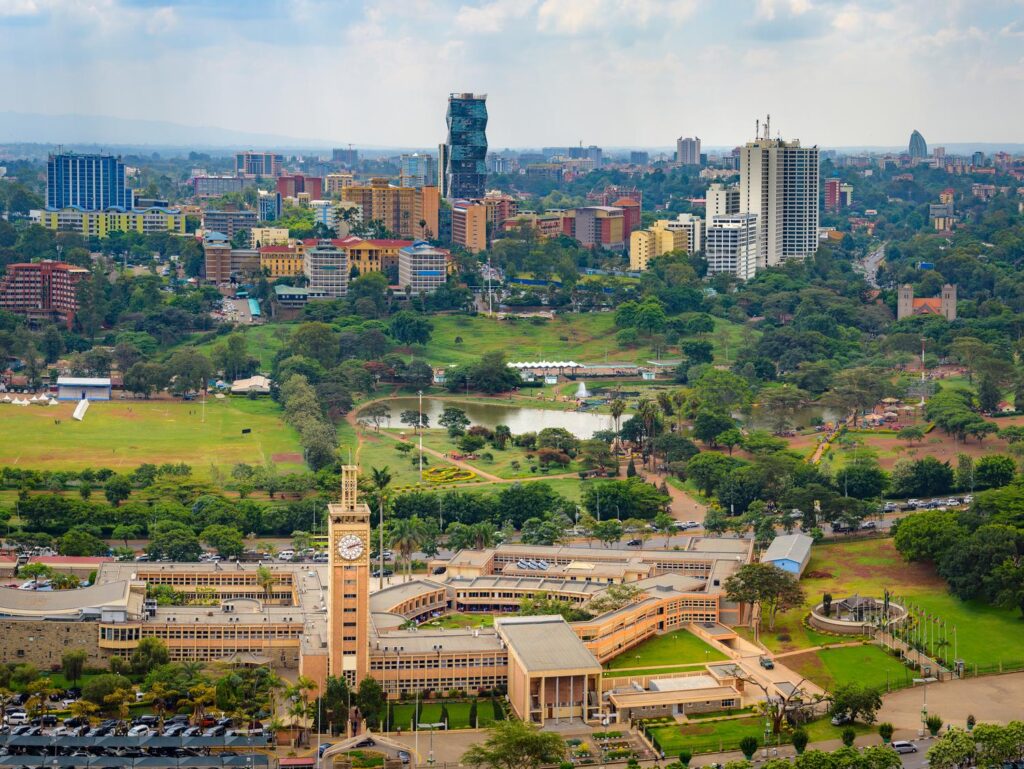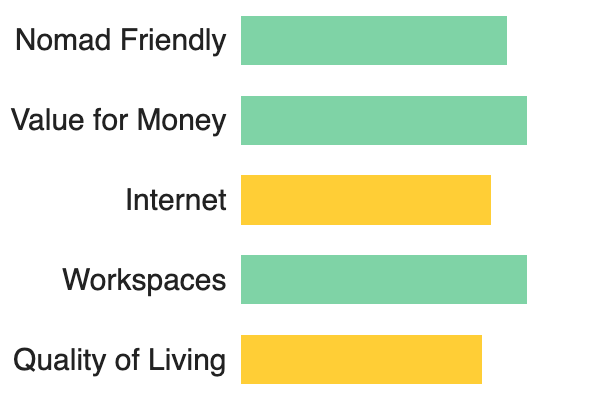
19 Facts About Digital Nomads in 2024
In 1997, Tsugio Makimoto and David Manners introduced the term “digital nomad.” With this new term, they predicted a transformative shift in work culture that has since become a global phenomenon. A recent report from Localyze revealed some interesting trends in the digital nomad space that we wanted to highlight for current and aspiring digital nomads.
Does this sound like you?
Do you fall within the range of the “typical” digital nomad?
As we navigate the 2020s, here are 19 fascinating facts about digital nomads that present an overall picture of their impact and diversity:
19 Digital Nomad Facts
- Global Reach – Over 35 million individuals globally identify as digital nomads. To put this into perspective, this is roughly 3.5 times the population of Portugal, a popular place for digital nomads, and roughly half of the population of Thailand.
- Educational Background – A striking 90% of digital nomads have pursued higher education. This is not surprising as many digital nomads start their careers working for companies that require higher education.
- Gender Distribution – The digital nomad community is predominantly male, with 58% representation, offering insights into gender dynamics within this space.
- Favorite Destinations – The United States, Spain, and Thailand are among the top destinations for digital nomads. As remote work continues to grow, the list of popular countries should continue to grow.
- Employment Status – A notable 43% of digital nomads are self-employed, emphasizing the entrepreneurial spirit that often accompanies leaving the office and getting out on the road.
- Demographic Profile – The typical digital nomad is a 30-39-year-old Caucasian American male.
- Family Dynamics – Interestingly, 24% of American digital nomads travel with their children. This indicates the lifestyle’s adaptability to family life.
- Cultural Diversity – While 76% of digital nomads are Caucasian, there is also significant representation from other ethnic groups, with diversity likely to increase year by year.
- Generational Influence – Approximately half of the digital nomad population consists of Millennials, which underscores the varying appeal of this lifestyle across different generations.
- Relationship Status – Over half of digital nomads are either married or living with a partner. This suggests that digital nomadism can support varied relational setups.
- Educational Credentials – Among digital nomads, 54%, hold a bachelor’s degree, and 33% possess a Master’s degree.
- Job Satisfaction – An overwhelming 80% of digital nomads report high satisfaction with their work! This compares with a recent Forbes article reporting that only 62% of people are happy with their jobs.
- Earnings – Digital nomads earn between $50,000 and $123,000 annually, with earnings heavily influenced by skill level, education, and industry.
- Employment Types – The employment breakdown shows a diverse range of employment including full-time employment, freelancers, and entrepreneurs.
- Travel Preferences – For digital nomads, the world is truly their oyster, with preferred travel destinations ranging from the United States to Vietnam.
- Lifestyle Choices – A significant 49% of digital nomads do not own a home. Instead, they prioritize flexibility and mobility over traditional homeownership.
- Remote Work Policies – More and more companies are adopting remote work policies, which will likely increase the number of those embracing the digital nomad lifestyle.
- IT Industry Appeal – The IT sector is particularly conducive to digital nomadism, with roles in cybersecurity, data analytics, and web development poised for growth.
- Future Trends – As the distinction between digital nomads and remote workers blurs, the digital nomad community is expected to see more women and an expanded presence in digital marketing roles.








Responses